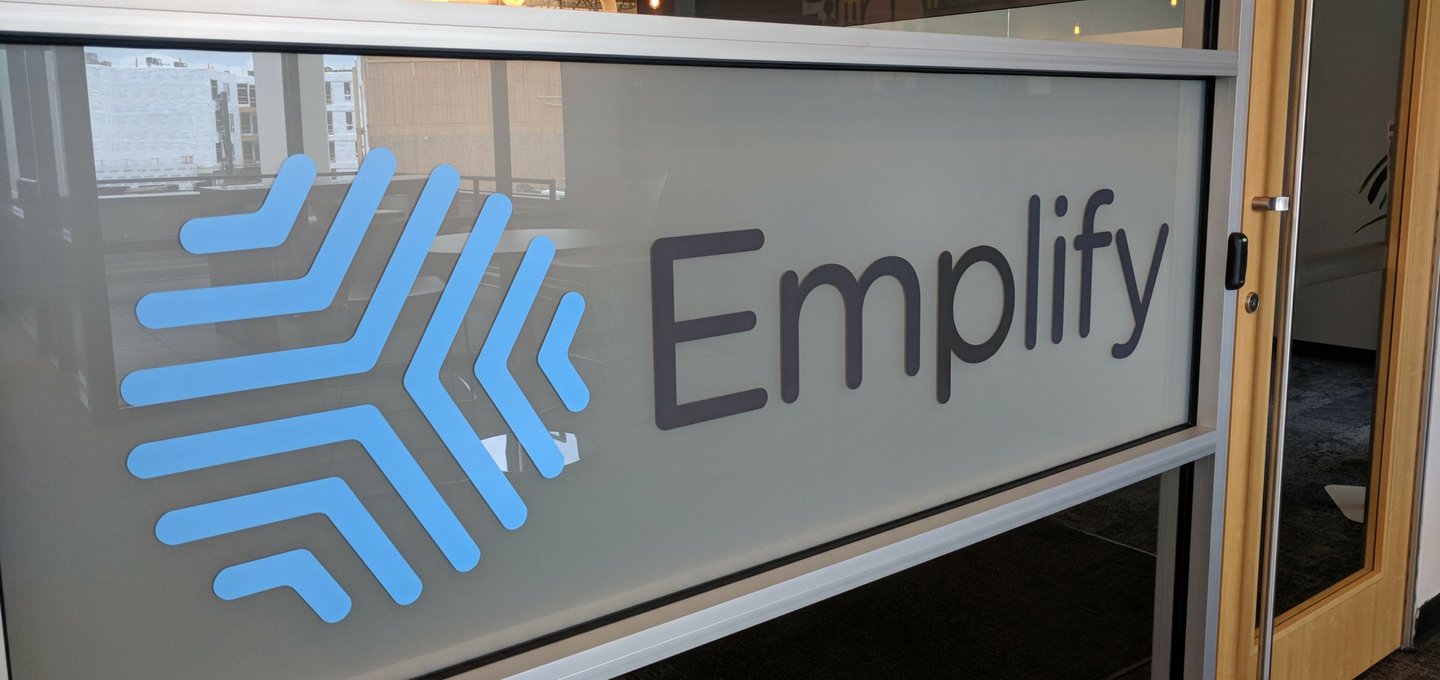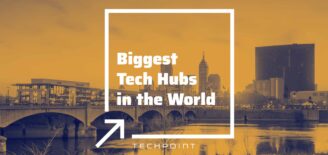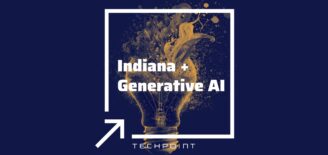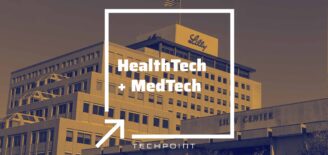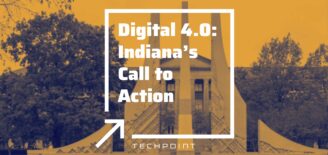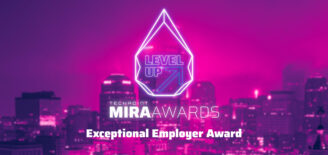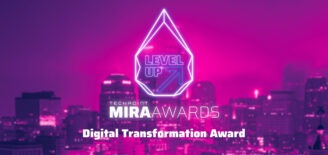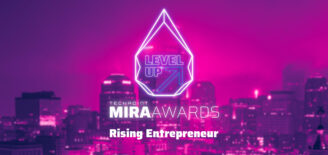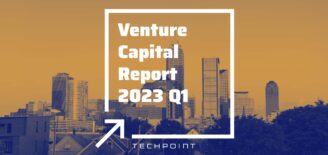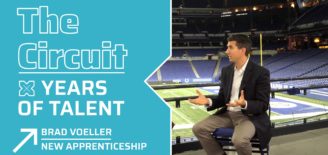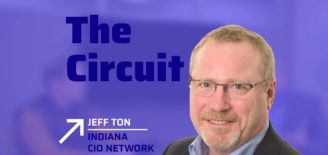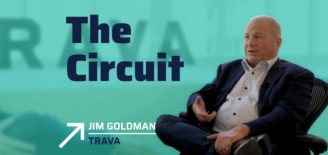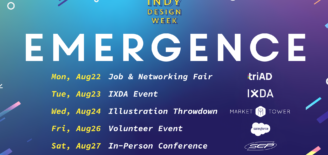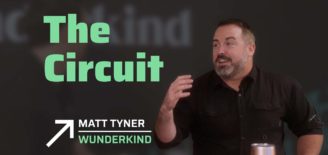Indiana is poised to launch the “new-collar” future of work
“When I grow up, I’m gonna be a builder,” says my almost-five-year-old as he builds yet another house with his LEGO bricks. He loves when we drive by construction sites and can name every piece of equipment he sees.
Lately, I’ve wondered: When did we stop encouraging our kids to pursue blue-collar careers? And with the speed of technology, what will those industries look like in 13 years or so when my son graduates from high school?
The skilled labor shortage
American manufacturers are on pace to have two million unfilled manufacturing jobs by 2025 and 70 percent of construction companies have reported they’re struggling to fill the types of positions that represent the bulk of their workforce.
Manufacturing is the largest industry in Indiana and accounts for about 20 percent of our state’s workforce. When speaking about his 2018 legislative agenda, Governor Holcomb said, “We know currently, exactly where there are 92,000 unfilled jobs. These are high-wage, high-demand jobs and we’ve got to fill them, we’ve got to fill them like, yesterday.”
So what does all this mean for the tech industry? It means we should be paying attention and looking for opportunities to help bridge these gaps. These companies are our potential customers and partners. Workers in these fields are our friends, family, neighbors, and maybe someday, our kids.
Changing the narrative
Part of today’s skilled labor shortage can be explained by the way we view these kinds of jobs as a society. Dirty Jobs host, Mike Rowe, has been a big proponent of addressing the widening skills gap.
“Collectively, we’ve discouraged our kids from pursuing a whole category of perfectly good jobs, because we don’t see them as aspirational… But people forget that skilled tradespeople form more small businesses than any other kind of entrepreneur. So — not only is there upward mobility — there’s widespread, limitless, and unprecedented opportunity,” he said in an interview with Forbes.
Many of the biggest voices in tech have done a less-than-stellar job addressing the needs of blue-collar workers. Jeff Bezos was recently called out in Harvard Business Review regarding his annual letter to shareholders: “The Amazon CEO writes ingeniously about customer service, cloud computing, and the logic of creativity. What Bezos rarely, if ever, writes about is how he can apply his powers of strategic thinking and bold innovation to creating a more compelling future for the hundreds of thousands of Amazon workers who work in its warehouses and distribution centers,” Bill Taylor writes.
The rise of “new-collar” jobs
“This is not about white-collar vs. blue-collar jobs, but about the “new-collar” jobs that employers in many industries demand, but which remain largely unfilled,” said IBM CEO Ginni Rometty. IBM is leading the charge in fostering a new category of careers that bridge the gap between traditional industries and emerging technologies and prepare young people for the new dynamics of today’s global market.
Students of IBM’s Pathways in Technology Early College High School (P-TECH) will graduate in six years (or less) with an associate degree in applied science, engineering, computers, or other competitive STEM disciplines. The school prepares students for successful “new-collar” careers — and doesn’t cost them a thing.
Indiana is uniquely positioned for the future
Startups in the midwest are more well-positioned (both literally and figuratively) to relate to business owners and workers in blue-collar industries. At Emplify, our customers come to us for help measuring and improving employee engagement, so they can compete for and retain skilled talent. As a Midwest company, we’re better equipped to relate to blue-collar business leaders than many of our Silicon Valley competitors.
As Ed Illig, VP of Marketing at Emplify put it, “Indiana has made significant strides in stopping-up the midwest brain drain. But as our sink fills up, it seems incumbent upon the tech community to recognize the highly-skilled workforces that enable the world around us. Most of that tech reservoir is comprised of folks that grew up in this region — people that can articulate the Midwest ethos from personal experience. Who better to appreciate, enhance, and enable the infrastructure we all rely on.”
By leaning into the “new-collar” future, we have the opportunity to help these industries innovate and create solutions to the problems they face. We can be on the frontlines of rejuvenating the skilled labor force through technology, and perhaps, help little future builders pursue their dreams.

